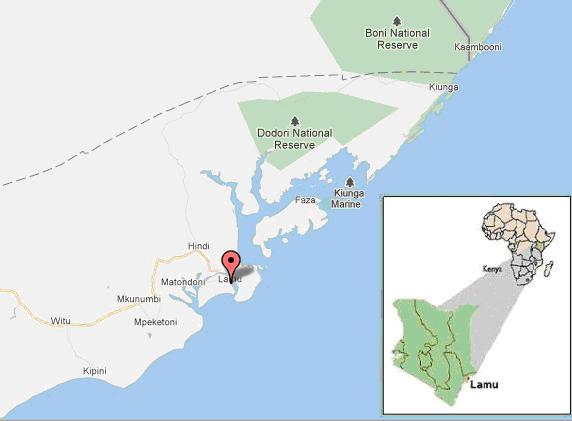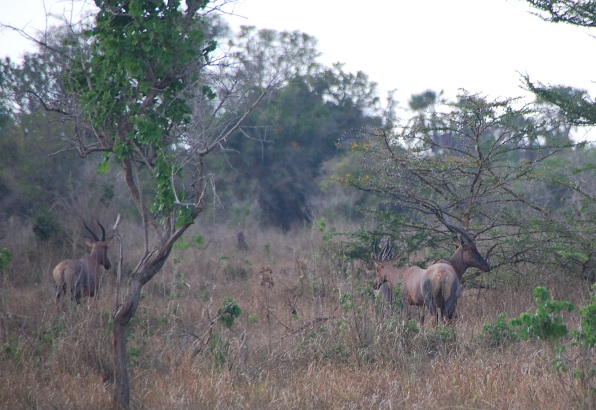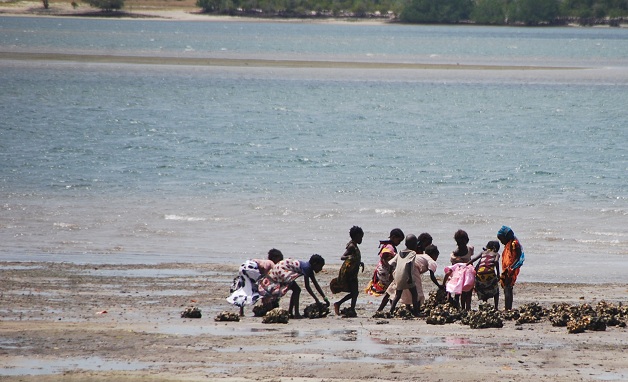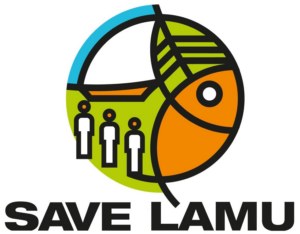
Lamu County is located in Kenya’s Coast Province with a land area of 6,273 km². The County covers a strip of northeastern coastal mainland and the Lamu Archipelago, which consists of numerous islands, which extend about 100km south from the Somalia border. The most well-known of the islands is Lamu Island, which is the oldest existing Swahili Settlement. Lamu town is termed as “the oldest and best-preserved Swahili settlement in East Africa” but neighboring islands also have numerous archaeological remnants of history dating as far back as the 14th Century.
 Pictured: 15th Century Siyu Fort on Pate Island (By Bajun Majnoon)
Pictured: 15th Century Siyu Fort on Pate Island (By Bajun Majnoon)
Lamu is a region rich in both ecological and cultural diversity, which has allowed it to be recognized as a UNESCO World Heritage Site. Lamu is not only endowed with biodiversity on the mainland, but additionally has some of the richest marine ecology on the Kenyan coastline. The County has two National reserves: Dodori, and Kiunga Marine. Covering 877km2, Dodori is a breeding ground for the East Lamu Topi, and consists of a variety of mammals and birdlife including lions, elephant shrew, hippo, pelicans, and many more. It has the most varied species of mangrove forest in Kenya at Dodori Creek. Kiunga Marine Reserve consists of several islands rich with biodiversity including valuable coral reefs, sea grass, extensive mangrove forests, and the endangered sea turtles and dugongs. Kiwayu Island, which is part of the reserve, is deemed as having the most pristine beach in Kenya.
 Topi sighted in Dodori National Reserve (By Bajun Majnoon)
Topi sighted in Dodori National Reserve (By Bajun Majnoon)
Lamu has a population of 101,539 (2009 census) and consists of four main indigenous communities: the Bajuni, Sanye, Aweer (Boni), and Orma. The Bajuni, who are the largest in population of the four groups, trace their origins to diverse groups, primarily Bantu and Arab descent. They mainly derive their livelihoods on fishing, farming, and more recently tourism-related activities. The Orma are pastoralist, while the Cushitic Sanye and Aweer are hunter-gathers primarily living off the forest resources and farming. The Aweer are the smallest of the four groups in population.
 Indigenous Aweer (Boni) children playing at the beach (By Bajun Majnoon)
Indigenous Aweer (Boni) children playing at the beach (By Bajun Majnoon)
